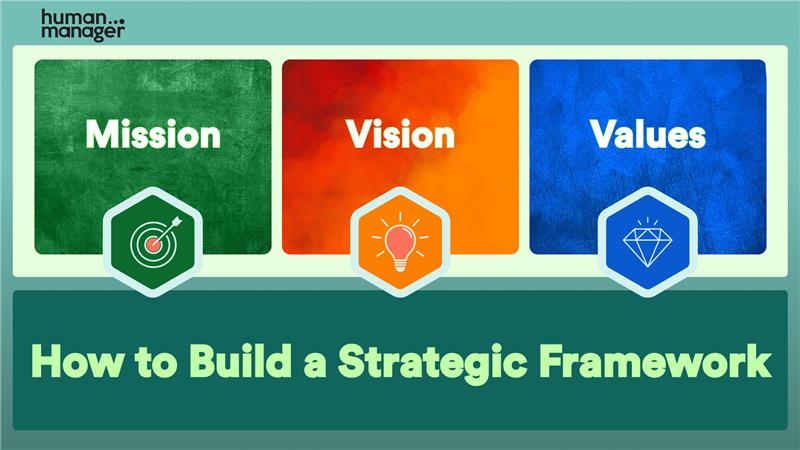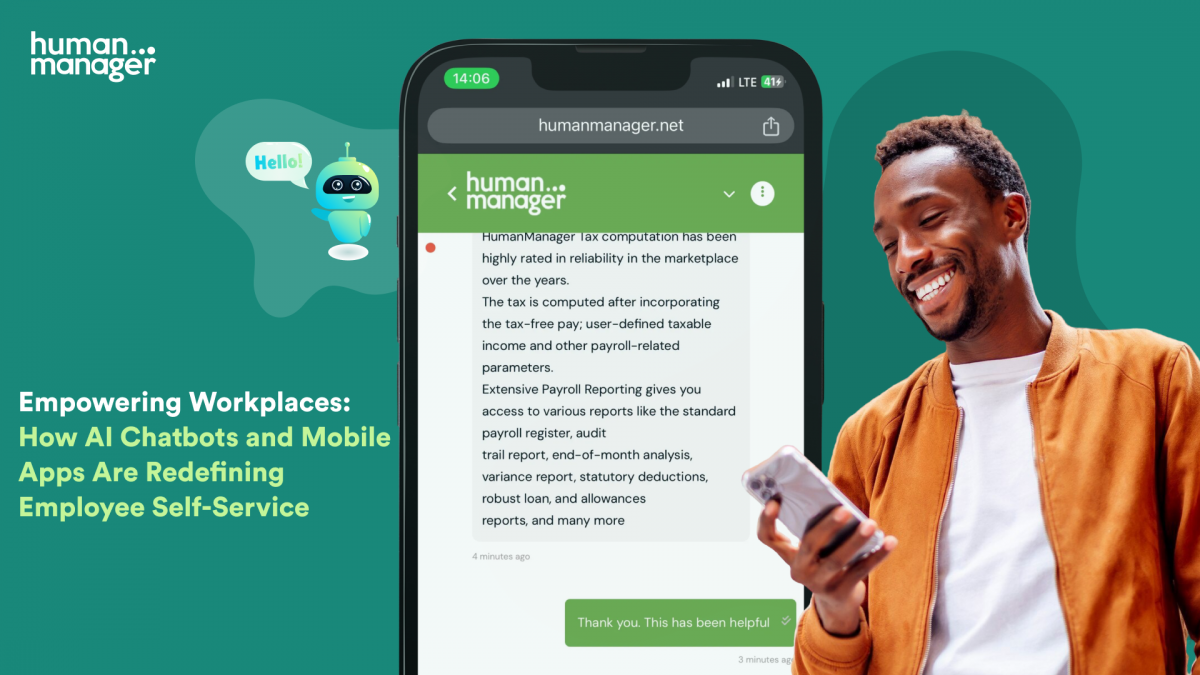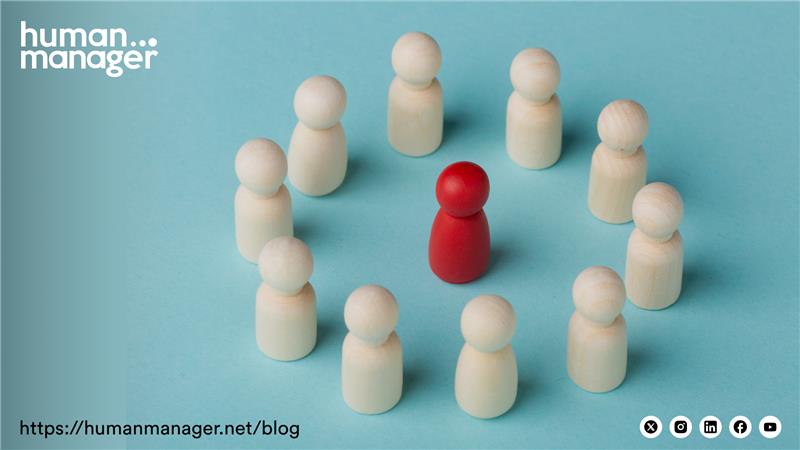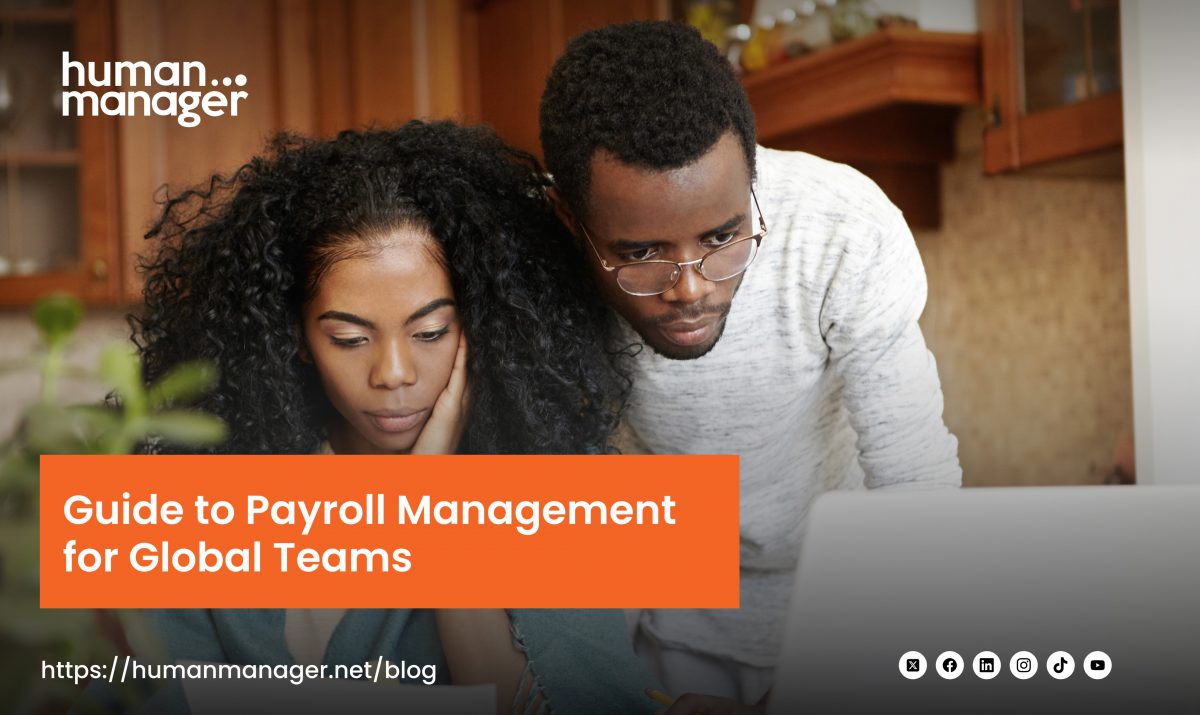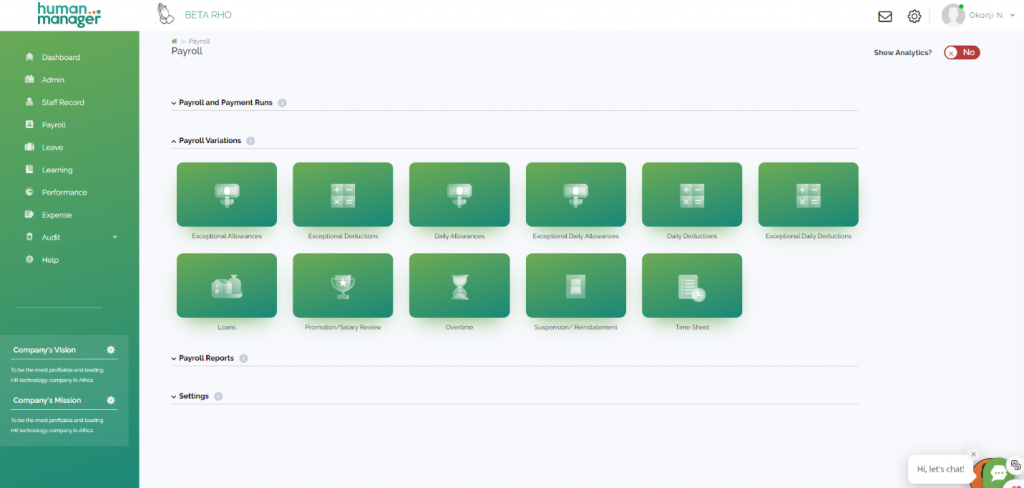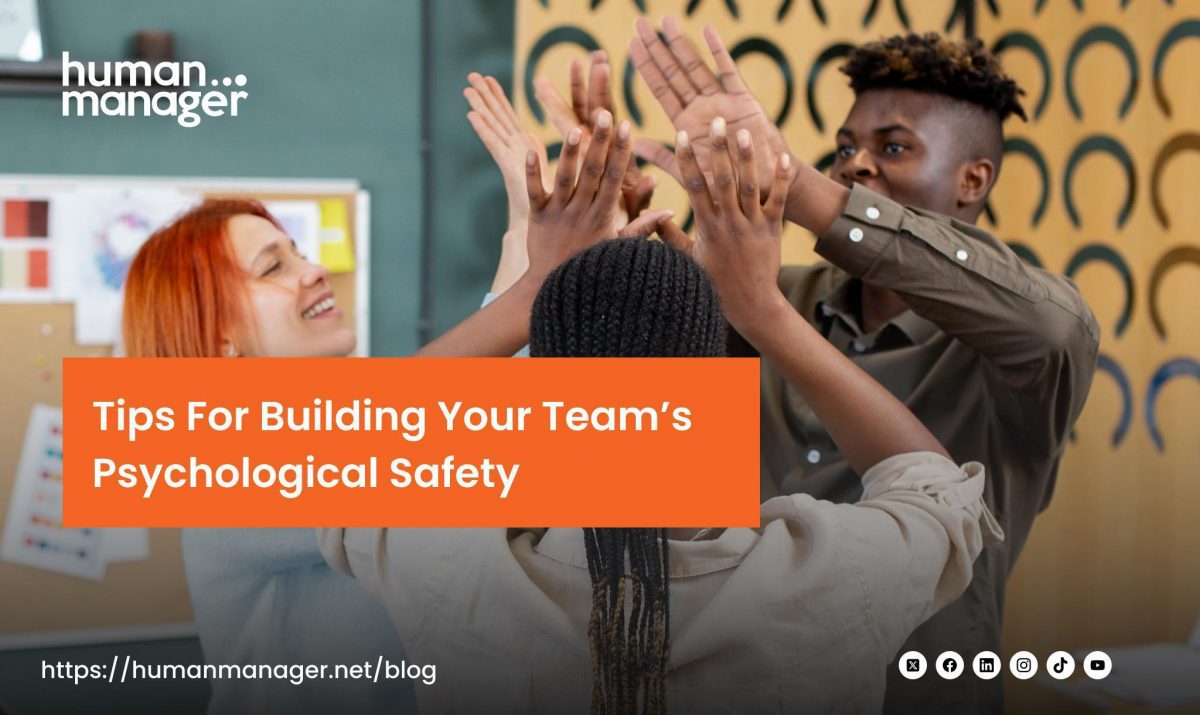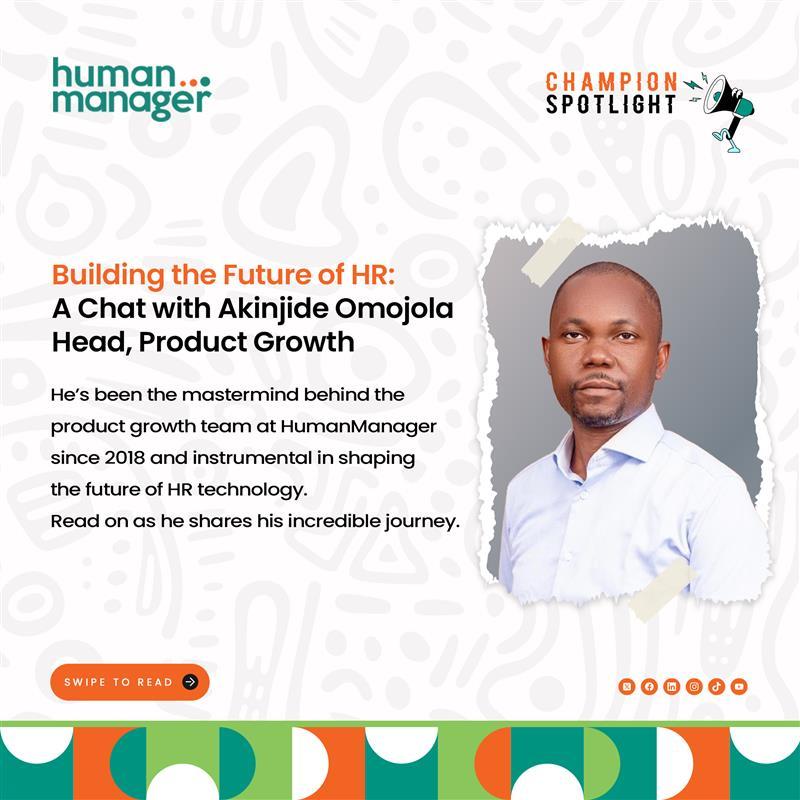By Opeyemi Olutan
In today’s fast-evolving business environment, particularly in Nigeria, there is no gainsaying that the success of any organisation largely hinges on its ability to build and integrate a solid strategic framework. Central to this framework are three powerful elements: mission, vision, and values, which not only define its essence but also serve as the guiding principles that shape its culture and long-term goals.
The company’s mission articulates its purpose, stating why it exists and the problems it seeks to solve. HumanManager, a leading HR and payroll company in Nigeria, has a clear goal: “To simplify and optimise human resource processes while driving efficiency and accuracy in payroll management”. By helping businesses focus on their core activities rather than the administrative burden of HR operations, HumanManager ensures its clients can thrive.
On the other hand, the vision defines the organisation’s aspirational future. It paints a picture of where the company wants to be and is a source of inspiration for its employees and stakeholders. HumanManager’s vision could be “To become the go-to HR and payroll solutions provider across Africa, offering innovative tools that align with the continent’s dynamic business needs”.
However, the mission and vision alone are insufficient without values. Values represent the organisation’s core beliefs and principles. It defines how the company conducts business and interacts with its stakeholders. For HumanManager, values such as integrity, customer-centricity, innovation, and excellence are critical. These values help build customers’ trust and differentiate the company.
Relating this to the Nigerian business space, organisations often face unique challenges such as regulatory complexities, fluctuating economic conditions, and talent retention struggles. For a company like HumanManager, aligning its mission, vision, and values with the needs of Nigerian businesses is critical. For instance, its payroll solution addresses the pain points of compliance with Nigerian labour laws and tax regulations, ensuring businesses stay compliant.
Despite the importance of mission, vision, and values, a key principle from Luke 14:28 underscores the need for careful planning: “But don’t begin until you count the cost. For who would begin construction of a building without first calculating the cost to see if there is enough money to finish it?” This biblical wisdom applies directly to building a strategic framework. For businesses, it means being realistic about their resources and capabilities before embarking on ambitious projects.
This principle is evident in HumanManager’s approach to product development. Before launching new modules or features, the company invests in research to understand its customers’ needs. By counting the cost and ensuring readiness, HumanManager then delivers solutions that add real value, avoiding the pitfalls of half-baked implementations.
In the Nigerian context, where many businesses operate with limited resources, companies must evaluate whether they have the financial, human, and technological resources to execute their strategies. Without this, they risk building a foundation they cannot complete, leading to wasted effort and lost credibility.
Another aspect of building a strategic framework is ensuring internal and external alignment with the mission, vision, and values. Client loyalty is better achieved when companies deliver products and services to their target markets which are fully a reflection of the image they seek to project.
Moreover, the power of a clear mission, vision, and strong values extends to attracting and retaining talent. HumanManager’s commitment to excellence and innovation not only enhances its reputation but also ensures it attracts top talent who are motivated to contribute to the company’s success.
Building a strategic framework also requires adaptability to technological advancements and shifting market dynamics. For HumanManager, staying true to its mission, vision, and values while adapting to these changes is key. Whether it is integrating new technology or responding to client feedback, the company remains flexible without compromising its core principles.
In conclusion, mission, vision, and values are the cornerstones of any successful strategic framework. For companies like HumanManager operating in Nigeria and other parts of Africa, these elements provide direction, inspire trust, and drive sustainable growth. However, as Luke 14:28 reminds us, planning and preparation are equally important.
As HumanManager continues to empower African businesses with cutting-edge HR and payroll solutions, its unwavering commitment to its mission, vision, and values serves as a powerful example for others to follow and remain focused, resilient, and ready to achieve greatness.
See how aligning your mission, vision, and values can boost your success. Explore our solutions at https://www.humanmanager.net and start your journey today…?
